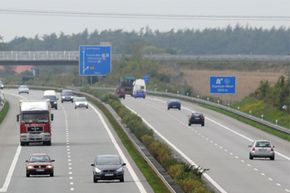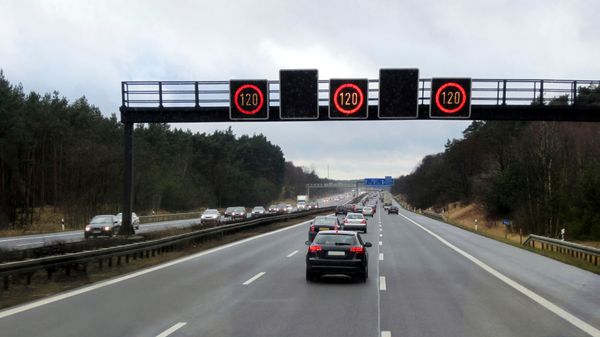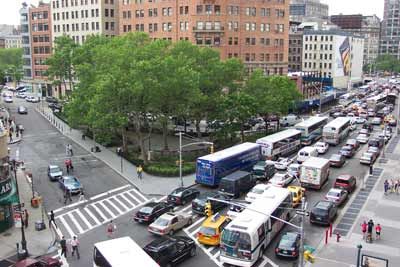Let's say it together -- autobahn. The harsh German syllables contradict the images the word conjures in the mind of speed freaks the world over. Fueled by on-line videos of turbo-powered Porsches, drivers see themselves pushing 200 miles per hour (321.9 kilometers per hour) on smooth ribbons of highway through the Bavarian heartland. It's a vision that would warm any racer's soul and get the secret racing heart of a soccer dad beating just a little faster.
But it's only a pipe dream, really. Or at least most of it is, anyway. Instead the autobahn, or Bundesautobahn as it's known in German, is simply a federal highway system. Most German drivers consider it point A to point B transit, kind of like the U.S. Interstate System without the speed limit.
Advertisement
And that's the allure, the siren song, the attraction -- no speed limit. If your car can top 150 miles per hour (241.4 kilometers per hour), or even 200 miles per hour (321.9 kilometers per hour) or more, then feel free to mash the accelerator and feel the G-force crush you into the seat.
Just make sure you're on the right autobahn -- there are three national systems, after all. And with less than a quarter of the total federal highway system open to unlimited speed, make sure you're not breaking a law by zooming through a construction zone, an urban area, a convergence or divergence, or exceeding a safe limit as imposed by weather conditions.
The autobahn might be the stuff of dreams, but the reality -- where the rubber meets the road, so to speak -- is actually the stuff of every day.
Keep reading to learn about the allure of the autobahn, as well as why it's just another road.



